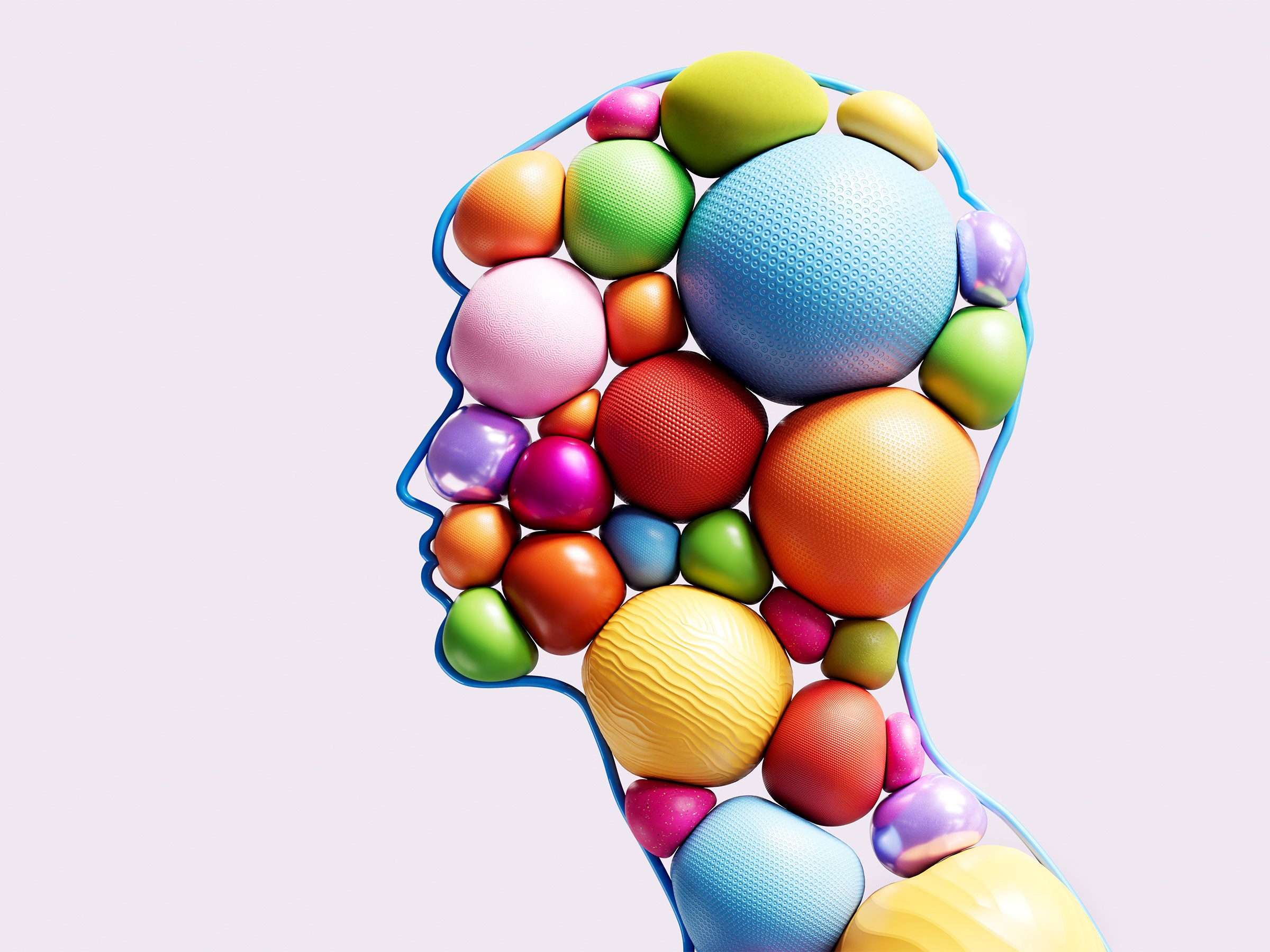OpenAI Gives ChatGPT a Memory
OpenAI, the artificial intelligence research lab, has announced a major update to its ChatGPT language model. The upgraded version now incorporates a memory feature, which enhances its conversational abilities.
ChatGPT, developed by OpenAI, is a sophisticated language model that uses deep learning techniques to generate human-like text responses. It has been widely used in various applications, ranging from personal assistants to customer support systems.
The addition of memory to ChatGPT is a significant improvement that allows the model to maintain context and recall information from earlier parts of a conversation. This new capability makes ChatGPT more adept at handling complex and multi-turn dialogues.
The memory feature enables ChatGPT to remember past queries, responses, and important facts, which helps it to provide more consistent and coherent replies. By retaining information within a conversation, the model can now understand and respond to questions that require knowledge from preceding interactions.
OpenAI has achieved this memory augmentation by modifying the model’s underlying architecture. The update involves integrating a neural network system that acts as a memory buffer, enabling ChatGPT to store and retrieve information throughout a conversation.
The introduction of memory enhances not only the accuracy but also the overall user experience when interacting with ChatGPT. It enables the model to maintain a context-aware conversation, resulting in more natural and engaging interactions.
OpenAI encourages developers and users to provide feedback on the new memory feature, as they believe it is crucial to ensure the model’s reliability and effectiveness. They continue to refine ChatGPT based on user input, with the aim of making it even more versatile and valuable in real-world applications.
The introduction of memory to ChatGPT marks another milestone in OpenAI’s ongoing effort to develop advanced language models that can understand and generate human-like text. It highlights the lab’s commitment to continually pushing the boundaries of AI research.
